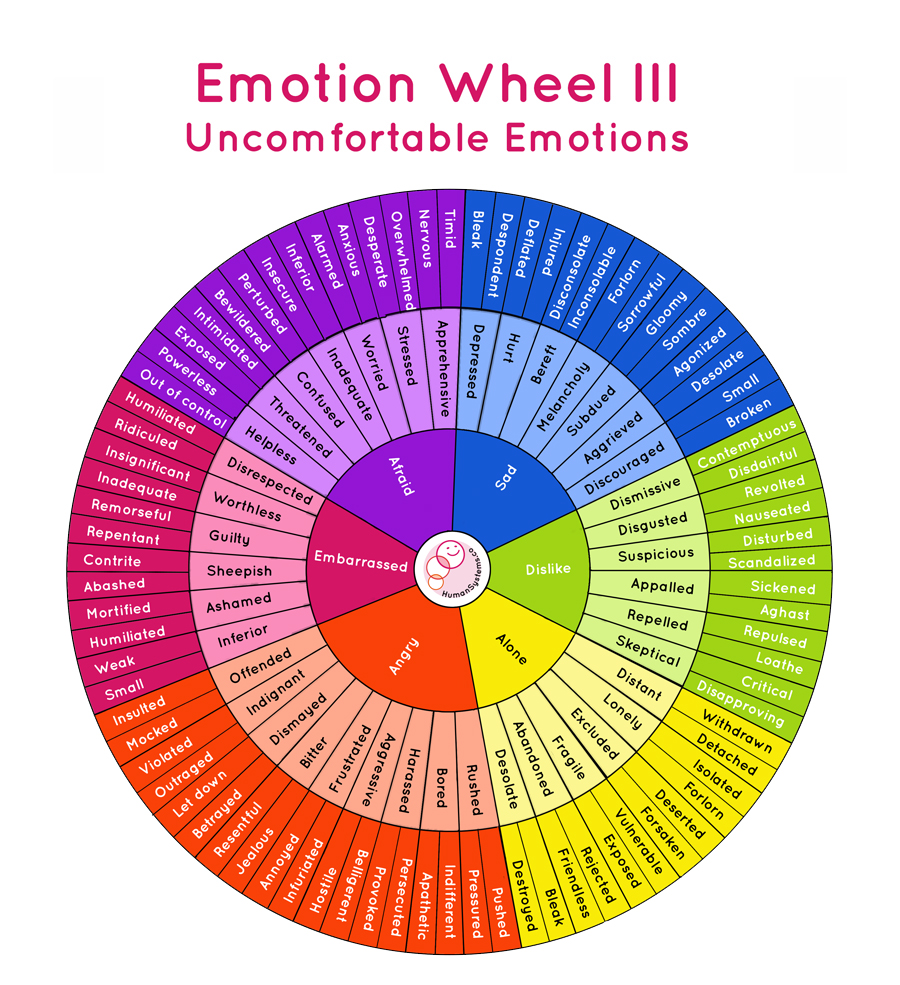 Relationships are an interesting, complex dance between two individuals. Yet, the complexities can sometimes lead to misunderstandings.
Relationships are an interesting, complex dance between two individuals. Yet, the complexities can sometimes lead to misunderstandings.
‘Connecting Conversation’ is a method designed to enhance understanding, foster empathy, and bolster the intimacy between partners. In this comprehensive guide, delve deep into the intricacies of this method and harness the power of active listening, empathetic understanding, and nonviolent communication.
The Foundation: Three Zones of Intelligence
Humans interact and perceive through a multi-dimensional lens. During the ‘Connecting Conversation’, we focus on three distinct yet interconnected realms:
1. The Thinking Zone: This encompasses the cognitive realm. Delve into your partner’s beliefs, perceptions, concerns & worries.
Example:
- “I’ve always believed that partners should be each other’s primary confidants. So, when I find out things about your life from others, it makes me question our connection.”
- “My perspective has always been that actions speak louder than words. So, when I hear ‘I love you’ but don’t see the effort put in, I feel conflicted.”
2. The Feeling Zone: Here, we navigate the emotional world. Using the SAAAAD mnemonic (Sad, Anxious, Alone, Afraid, Ashamed, Dislike/Don’t Want), to delve into the feelings your partner might be grappling with. Example: “I often feel anxious about not being good enough for our family.”
3. Body Language Zone: Sometimes, what’s left unsaid speaks volumes. How does your partner sit, move, or react? Perhaps a sudden slouch could be an indicator of disappointment or sadness.
Embarking on the ‘Connecting Conversation’ Journey:
Step 1: Preparation
- Ideal Environment: Choose a serene and comfortable setting free from distractions.
- Organise Your Listening Framework: Prepare a piece of paper and divide it into three sections labelled “Thinking,” “Feeling (SAAAAD),” and “Body Language.”
- Time Frame: Agree on a specific duration for the dialogue.
 Step 2: Guidance for Engaged Listening
Step 2: Guidance for Engaged Listening
Thinking Zone: Focus on your partner’s thoughts, ideas, and fears. This understanding will offer insight into their cognitive processes.
Feeling Zone (SAAAAD): Utilise the acronym SAAAAD to identify core negative emotions: Sad, Anxious, Alone, Afraid, Ashamed, Dislike. Write down phrases they use that key in with these six core emotions of pain or suffering. This will help you later to validate your partner’s emotional state and give you greater empathy into their lived experience.
Body Language Zone: Observe your partner’s posture, gestures, and eye contact. Body language and “presence” often communicates what words sometimes can’t always express.
Step 3: Maintaining Emotional Equilibrium
Your partner might express something that evokes strong reactions within you. It can pull your attention to your own emotions and thoughts about what they are saying. There will be a time later on to share these feelings, but for now, it’s important to stay completely focused on your partner and their perspectives. Approach their words with a kind and curious outlook, as if you were listening to someone sharing their deepest and most vulnerable thoughts and feelings – because that is precisely what they’re doing.
To help you stay focused on your partner:
- Deep Breathing: Control your breath to regain emotional balance.
- Grounding Techniques: Focus on a neutral object, the feel of your feet on the floor, your body against the chair, or your breath when triggered.
- Active Observation: Maintain an observer’s stance, distancing yourself as best you can from personal triggers.
Step 4: NVC-Informed Response
Observation: Recap each key point that you’ve heard without adding any interpretation.
- “What I heard is that you THINK [thought] because [reason].”
- “What I heard is that you FEEL [emotion] because [reason].”
- I sensed [from your body language/expressions] that…
For each point offer VALIDATION AND AGREEMENT: Fully acknowledge what your partner is sharing. This is where you validate their truth and perspective without any reservation.
“I can see why you’d feel that way because [situation].”
“It entirely makes sense that you’re feeling [SAAAAD emotion] due to [circumstance].”
At this point, pause to allow your partner to add or clarify anything they wish to express, and then further validate, using language that feels authentic for both of you.
Step 5: Further Observation and Validation, Including Self-Esteem
Before moving on to your own feelings, needs, and requests, it’s crucial to ensure that your partner feels completely seen and heard and that their self-esteem is supported.
“Considering what you’ve shared, how might this impact your self-esteem?”
“What do you think you might need for your self-worth, or self-esteem in this situation?”
“Is there anything more you’d like to add or clarify?”
Step 6: NVC-Informed Response (Part II)
-
Feeling: After complete validation, now identify and express your own emotions.
Example: “Listening to you say that you feel overwhelmed with the household chores makes me feel guilty and anxious.”
“Listening to you say […] makes me feel [your feelings].”
Need: Connect your emotions to a specific need or value.
Example: “Could it be that I’m feeling this way because my need for shared responsibility feels unmet? Even if it might not seem that way to you.”
“Could it be that I’m feeling this way because my need for [express your need or cherished value] feels [met/unmet]? Even if it might not seem that way to you.”
Request: Make a clear, actionable request to fulfil your identified need.
Example: “Would you consider sitting down with me to reorganise our chores list so that we both feel the workload is balanced?”
“Would you be willing to [specific request]…?”
Why This Framework?
This ‘Connecting Conversation’ model is engineered to create a safe, empathetic, and emotionally enriching dialogue. By employing the additional elements of Observation, Validation, and Agreement, you step beyond mere active listening to achieve a more profound level of emotional presence and connection.
Through the extended process of validation and agreement, you create a nurturing space for both you and your partner to feel completely seen and understood. Only after this foundational step do you proceed to express your own feelings, needs, and requests—ensuring a balanced exchange that values both participants’ experiences.
In this way, you lay down the building blocks for a relationship that thrives on mutual respect, understanding, and love.
